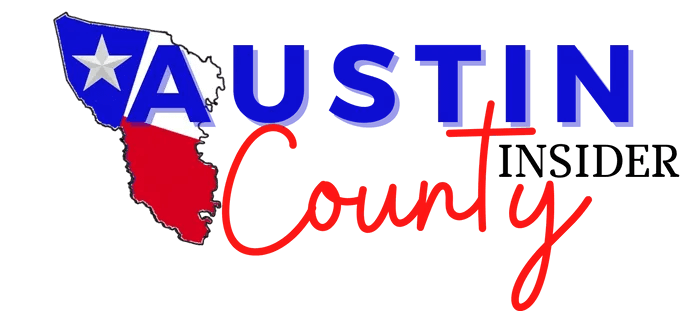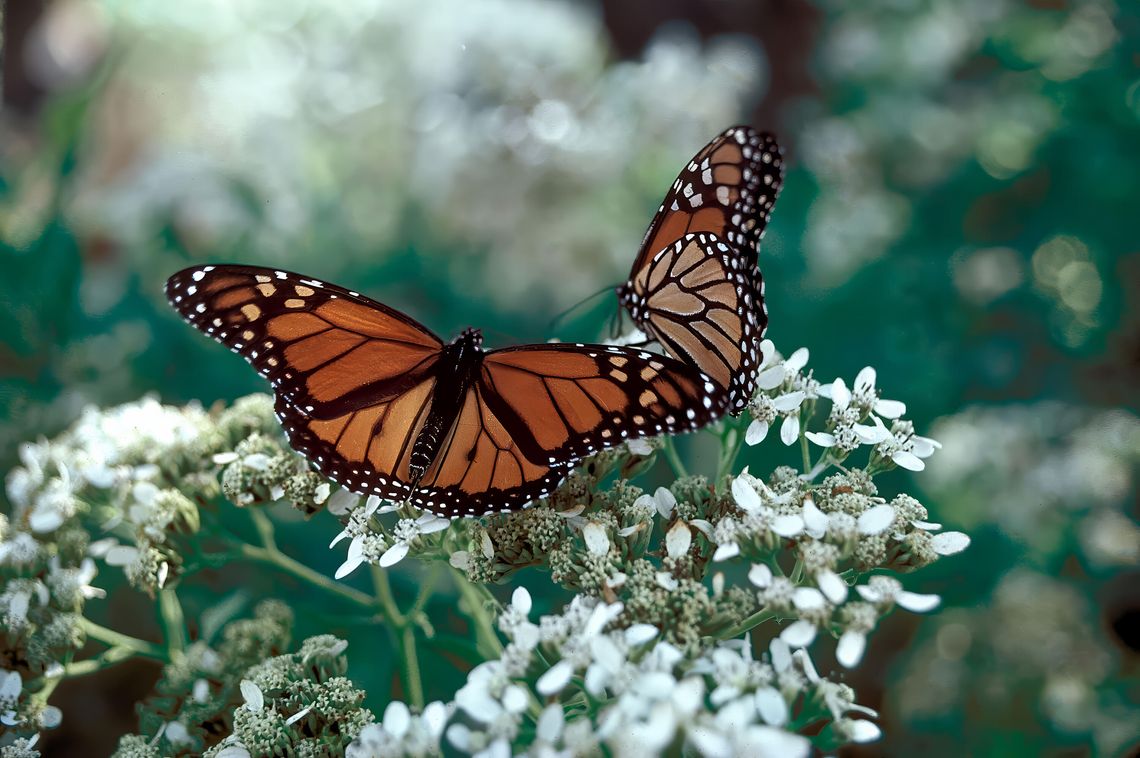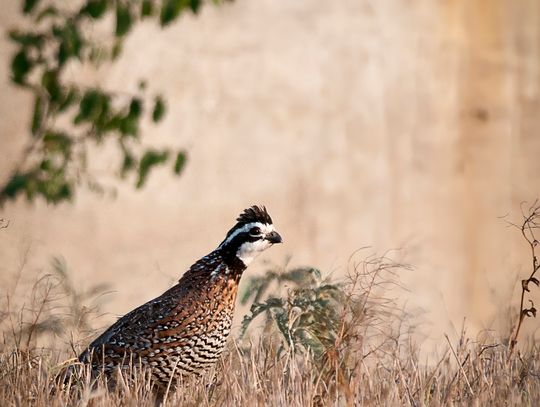Members of the Austin County Chapter of the Wildlife Management Association of Texas (ACWMA) have discovered a Texas-sized win-win situation, in which landowners participate in providing proper habitat for native local wildlife and save money in property taxes.
As a Texas landowner with acreage, I have intentionally left undeveloped land for the indigenous wildlife and I would like to share with you what I have learned.
The ACWMA works with the Texas Parks and Wildlife Department (TPWD) and the Austin County Appraisal District to ensure members of the association complete the proper paperwork and meet the requirements to reclassify their properties for wildlife dedication to receive a wildlife management tax valuation. The regulations differ depending on what ecoregion the property is located in. (See Sidebar.) To qualify, landowners may need to make changes to their parcel to promote a healthy environment for indigenous species. Before receiving a wildlife management valuation, the property must have an agricultural (ag) tax valuation. While some association members may remain at an ag tax valuation, they are pleased to learn their efforts benefit indigenous land and animals.
Overgrazing and unmanaged hunting have harmed the delicate ecosystem. A wildlife management tax valuation, sometimes referred to as an exemption, provides a method for rural landowners to alter the way their property is valued. A reduced property value means the landowner pays less in taxes while supporting wildlife.
Without wildlife management and reduced ag tax valuations, the undeveloped natural spaces throughout the state will succumb to development and diminish in size even more rapidly than they already are. If this was allowed to happen, soon the stars at night would no longer be big and bright deep in the heart of Texas, as they would barely be visible due to the amount of light pollution.
ACWMA President Tommy Monk explained, “ACWMA members are landowners across Austin County with approximately 250 members, owning over 30,000 acres.”
Austin County ranches or farms with undeveloped land dedicated to wildlife range in size from 15 to over 1,500 acres. This land is not all within one part of the county and does not all border each other.
Monk explained the various types of ecosystems in Austin County as either, “an open native prairie, to post oak woods, to Brazos River bottom. ACWMA works alongside TPWD in helping to gather census data for wildlife, mostly the whitetail deer by collecting deer harvest data and samples. This helps TPWD with harvest recommendations for certain landowners. We also help coordinate between the Austin County appraisal district and landowners on the wildlife exemption qualifications and filing. Our goal is to help landowners manage various species of birds, reptiles, small mammals, and large animals by creating better wildlife habitats. We also help local youth wildlife programs, the Austin County TPWD biologist and the Austin County TPWD game warden. Our membership is open to anyone, but is comprised mostly of landowners. We always seek new leaders that help our co-op to grow.”
Monk described how the association was formed, saying, “It started 25 years ago when the TPWD received pressure from landowners to properly manage the deer herd. Biologists knew the improvement was also needed in seven counties surrounding Austin County, so they began working with landowners to implement hunting and harvesting regulations that prevent the over-population of deer. Before, we had too many does and not enough bucks, so an antler restriction was implemented.”
Originally, there were multiple wildlife management co-ops in the county, Monk said, but over 10 years ago they were all merged into one association.
The majority of Austin County is in the Post Oak Savannah ecoregion, which typically requires a minimum of 16 acres to qualify for a wildlife management tax valuation. Monk added, “Everything we manage towards is native, whether it be native white-tailed deer or grasses. It had gotten so our native grasses had almost disappeared. Native grasses have just about as much protein and are better for cattle and wildlife. Planting native grasses helps ground nesting quail, amphibians, reptiles and box turtles. Imagine the exposure of a rabbit or box turtle when crawling; they are not going to survive. Native grasses are designed for species to nest and to travel. Exotic grasses are designed to grow fast, and that's not beneficial to wildlife. It hurts their migration.”
Planting native grasses is just one of the ways landowners improve the habitat for various species. They also clear unwanted brush and foliage, provide supplemental food and water sources, and sometimes construct shelters.
Wildlife management means more than just paying less in taxes to Monk. “When my family purchased a ranch in the early ‘80s, we started planting food plots for deer. I began to help others and became involved in the co-op 25-plus years ago,” he said. “I sell ranches, so I love to see a client that purchased a ranch implement a plan that benefits the wildlife. When you manage for larger species, that also benefits the smaller species. I want my kids to see and appreciate quail, box turtles, and other wildlife like I did as a kid.”
District 9 Leader Bobby Eichler, a TPWD biologist who has worked in the Austin County area for over 17 years, said the association, “plays an important part of good wildlife management in Austin County,” adding, “landowners joining forces benefits many species. Ideally, these same landowners would, across the landscape, manage for healthy habitats, which would improve wildlife travel corridors and could then benefit species such as bobwhites.”
Bobwhites are a type of quail which are among the species whose numbers have been dwindling due to expanding development and past land conversion, as they need thousands of acres of tall grass for nesting and traveling.
“The wildlife management for tax valuation is a good incentive for people that may not be traditional landowners that cut hay, graze livestock, or do ag in general. It's just a good alternative and enables the land to rest and to rehabilitate and be more valuable for wildlife,” Eichler said.
He shared the impact of cattle grazing on the ecosystem is not all bad and relates to the original buffalo that used to roam the area. Some cattle grazing and hunting are still allowed on properties being managed for native wildlife.
Eichler explained, “We still encourage people to run cattle occasionally on their properties… less intense grazing than probably what most ranchers do daily… just a little bit, to kind of help control the undergrowth from the hoof and grazing action. It keeps pastures from going stagnant and creates diversity within the pastures. So, yeah, grazing is an important part of the prairie system.”
Regarding hunting, Eichler said, “That's probably one of the greatest parts of regulated hunting, keeping our numbers in check and keeping [deer populations] within the carrying capacity of the land.”
Managing wildlife landowners may permit licensed hunters to use their properties with special hunting permits allowed for hunting to better regulate herd populations, as a part of the necessary wildlife management.
Eichler explained that wildlife management can also have benefits to another precious resource in Texas, water.
“Wildlife aside, creating healthy grasslands and woodlands also benefits water quality, and possibly quantity, by improving infiltration to the soil and reducing runoff,” he said.
Eichler believes the wildlife management valuation program has been beneficial and is producing the desired effect.
“Traditional farmers and ranchers perform good management, but the people that do embrace the wildlife valuation, tend to do good habitat work because that is their focus. These people are strictly on wildlife valuation … that's kind of their goal, good habitat, good wildlife populations. Having wildlife valuation properties scattered throughout the county helps across the landscape with wildlife,” he said.
“I believe a multitude of species have been impacted positively by the wildlife management tax valuation. Habitat management, in general, helps all species in some manner. While many landowners list white-tailed deer as the species being managed, managing for ample cover, whether in the woodlands or the prairies, benefits many species and helps with diversity.”
Monk encourages landowners to consider looking into wildlife management, saying, “It does not have to be a large parcel. We have members that own 5 acres and manage bees and butterflies and songbirds.”
I know I’ll be looking into the specific regulations for my land, based on my ecoregion. I hope this has inspired you to do the same.





Comment
Comments